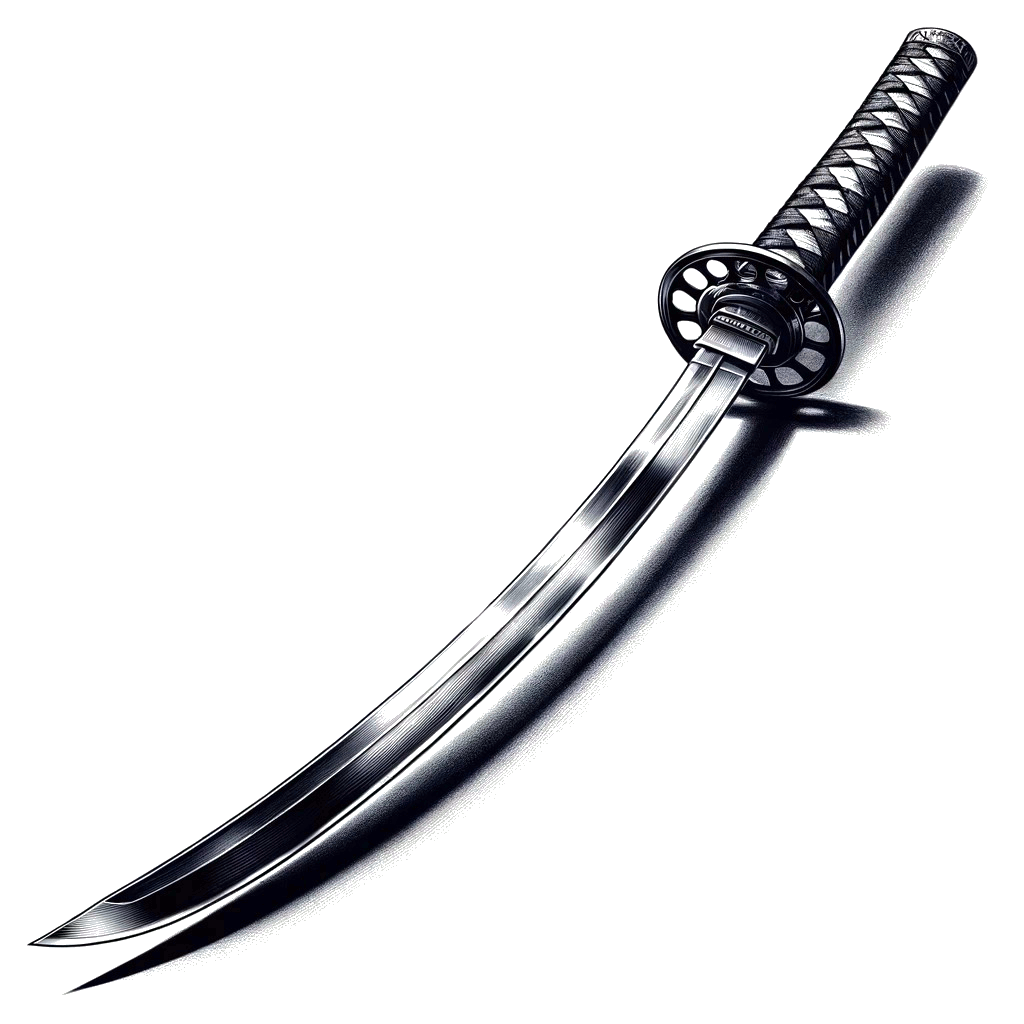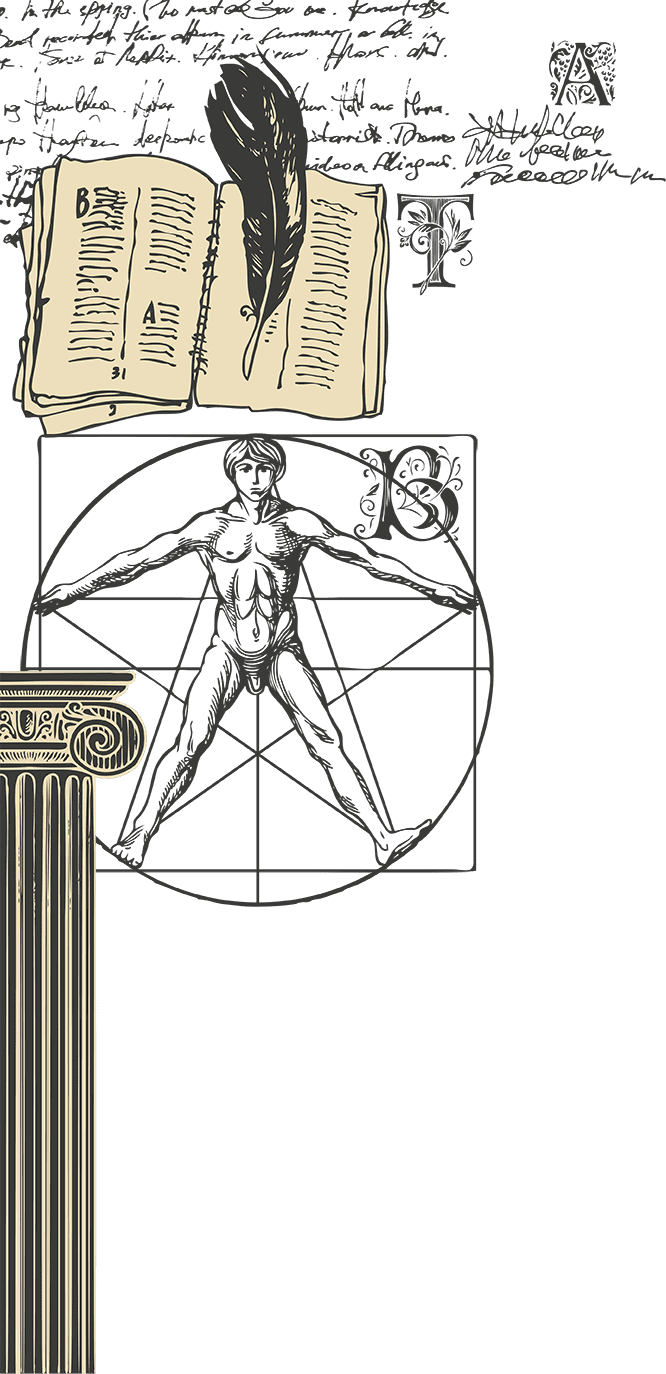
The Japanese sword, revered for its craftsmanship and beauty, is not merely a weapon but a profound metaphor for life itself. Its creation, a meticulous process of balancing purity and imperfection, symbolizes the intricate dance of strength and vulnerability that characterizes our existence.
At the heart of a Japanese sword’s creation is the forging process, where the smith painstakingly hammers out impurities from the raw steel. This act is akin to life’s challenges that shape and strengthen our character. However, the swordsmith knowingly leaves certain impurities within the steel. This deliberate choice highlights a crucial life lesson: not all imperfections must be removed. In fact, it is these very imperfections that add depth and resilience. Just as a blade becomes brittle if made too pure, a life devoid of challenges and imperfections can lack substance and strength.
The Japanese sword is constructed with a softer core, known as the ‘shinogi-ji,’ surrounded by a harder exterior. This softer core allows the sword to absorb impacts without shattering, symbolizing our inner selves – our emotions and empathy. While outer strength is vital, it’s our inner softness that imparts true resilience, enabling us to withstand life’s trials without breaking.
Moreover, the sword’s edge, sharpened to perfection, embodies the focus and clarity needed to navigate through life. Like the sharp edge of a sword, our determination and purpose must be honed. Yet, it’s the combination of this sharpness with the softer core that creates a truly effective and resilient blade, much like how our emotional depth complements our life’s pursuits.
Intriguingly, the Japanese sword also represents the duality of life and death. One side of the blade symbolizes life, with its strength, resilience, and imperfections. This side reflects our journey through life’s complexities, much like how a sword is wielded in battle. The opposite side symbolizes death, a reminder of life’s fragility and transience. It reminds us to live fully and purposefully, acknowledging the impermanence of our existence.
At the blade’s sharp end, where life and death converge, lies the ultimate truth of existence. This point represents life’s critical moments and the profound impact of our choices, much like the deliberate strikes of a sword in combat.
In conclusion, the Japanese sword, with its harmonious balance of purity and imperfection, strength and vulnerability, life and death, is a powerful symbol for life itself. Its creation process teaches us about resilience, the beauty of imperfections, and the significance of our choices. The sword is a reminder that life, in all its complexity, is an artful balance, a dance between creation and cessation.
